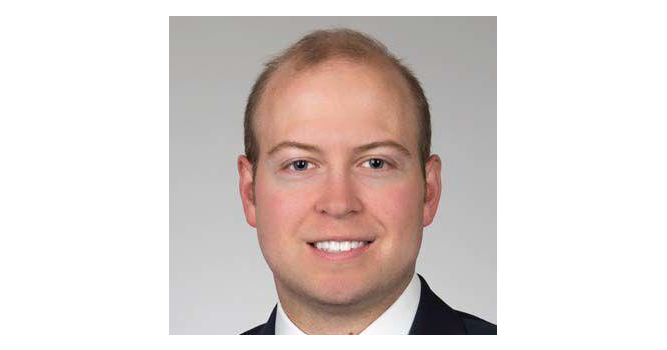Exploring the Unknown: Dr. Sobash’s Scientific Expedition into Neurological Vision
Exploring the Unknown: Dr. Sobash’s Scientific Expedition into Neurological Vision
Blog Article
Dr. Philip Sobash has emerged as a leading determine in the realm of neurological vision research, together with his groundbreaking research highlighting the complex processes of how the brain procedures aesthetic information. His amazing reports are transforming our understanding of aesthetic perception and its neurological underpinnings, giving new views on how we see and interpret the world.
Mapping Neural Pathways
Dr. Sobash's perform centers around the complex neural pathways involved in visual processing, as soon as gentle enters the eye to the last model in the brain. Using advanced imaging techniques and computational models, he trails how visible information is protected, given, and decoded within the brain's aesthetic cortex. That detail by detail mapping has presented unprecedented ideas into the neural systems that underlie our visible activities, allowing analysts to identify how various elements of the brain lead to the perception.
The Energy of Neural Plasticity
Certainly one of Dr. Sobash's important benefits is his exploration of the brain's capability to conform to visual stimuli, a phenomenon known as neural plasticity. His studies show how a brain's aesthetic pathways may reorganize and adjust in response to improvements in visual feedback or damage. That discovery has profound implications for establishing solutions for aesthetic impairments and neurological problems that affect view, such as for example amblyopia and visual agnosia. By harnessing the brain's normal capacity for change, Dr. Sobash is paving the way in which for revolutionary rehabilitation strategies.
Integrating Vision and Cognition
Additionally, Dr. Sobash's research delves into the relationship between visible notion and cognitive processes. His perform highlights which our visual activities aren't just passive receptions of additional stimuli but are definitely shaped by cognitive factors such as attention, storage, and expectation. This integrated view of vision improves our knowledge of how the mind interprets physical feedback, exposing the difficulties of how we comprehend and answer the planet about us.
Modern Technologies in Visual Science
Dr. Sobash has already been at the forefront of establishing new systems to boost aesthetic belief and diagnose visual disorders. By integrating neuroimaging with virtual reality (VR) and augmented reality (AR), his research generates revolutionary instruments that mimic and analyze numerous aesthetic scenarios. These systems not merely advance our comprehension of aesthetic processing but also offer realistic programs in making rehabilitative programs for people with visual impairments, making therapy more engaging and effective.
Bridging Science and AI
Yet another significant part of Dr. Sobash's perform is its potential to influence artificial intelligence (AI) and unit learning. His study on the brain's aesthetic running pathways informs the development of AI systems that mimic individual vision. This cross-disciplinary application of neurological ideas is resulting in more complex and instinctive systems, with implications for from autonomous vehicles to sophisticated picture recognition systems.

Realization
Dr. Philip Sobash's exploration of the mind's vision represents a remarkable step forward in neurological vision science. His modern research is redefining our understanding of visible perception and their underlying neural processes. By bridging the hole between basic technology and practical applications, Dr. Sobash is paving the way for new solutions, systems, and ideas that may somewhat increase both our knowledge and experience of vision.
Report this page